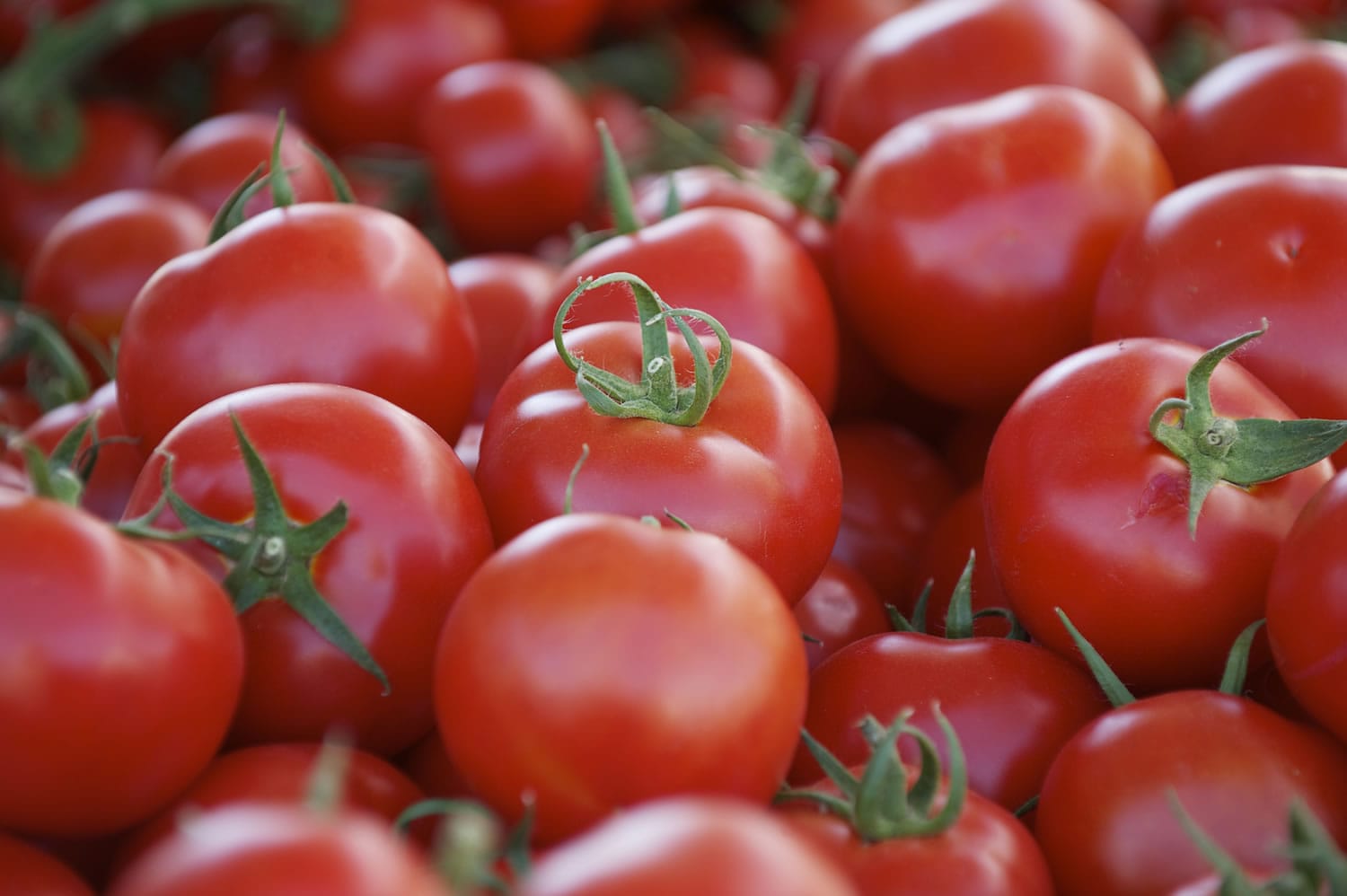1880: 115,300
1890: 138,600
1900: 192,737
1910: 186,929
1920: 194,309
1925: 192,444
1930: 194,482
1935: 223,966
1945: 204,847
1950: 219,049
1954: 208,414
1964: 179,577
1969: 124,575
1974: 99,587
1978: 101,606
1982: 134,619
1987: 94,646
1992: 82,967
1997: 82,666
2002: 70,694
2007: 78,359
Source: USDA Census of Agriculture
As anyone who grew up in Clark County can attest, thousands of acres of farm land have been paved over and populated with houses.
From 1982 to 1992, the county’s farmland, as calculated by the U.S. Department of Agriculture, dropped from 134,619 to 82,967 acres.
However, there are no up-to-the-minute official statistics on any facet of Clark County agriculture because of the pace of the national data-collection process.
The U.S. Department of Agriculture issues its census of agriculture every five years, and the most recent statistics cover the period from 2002 to 2007. Results of the December 2012 survey will provide an update this year.




